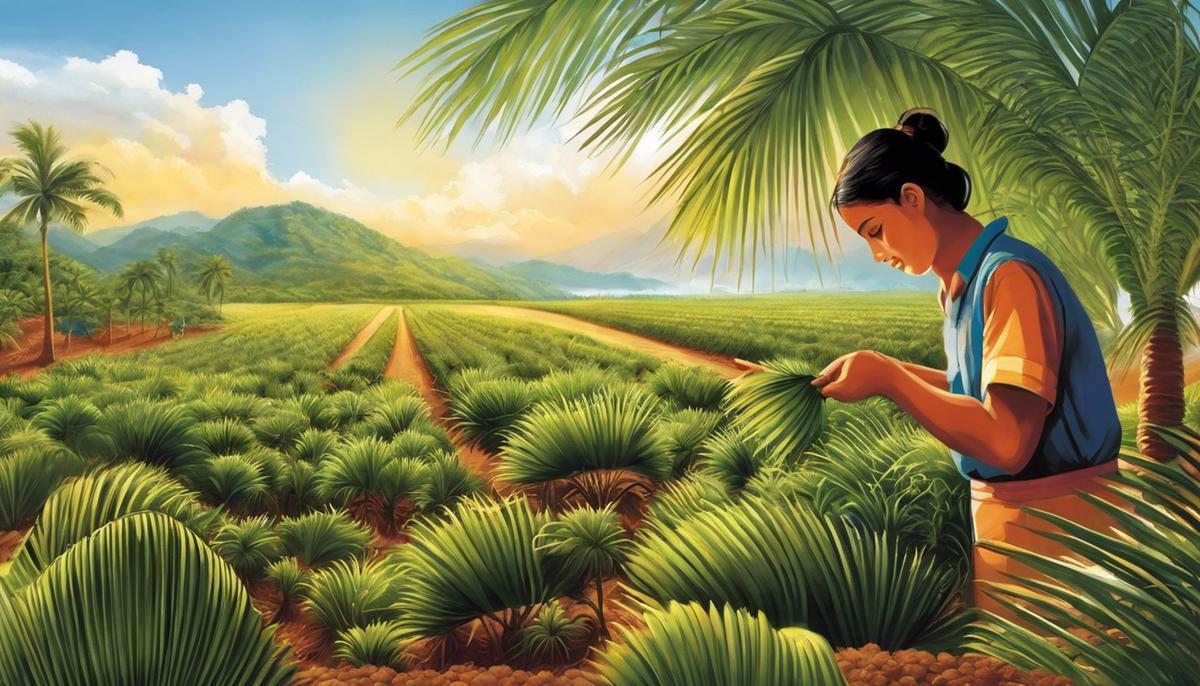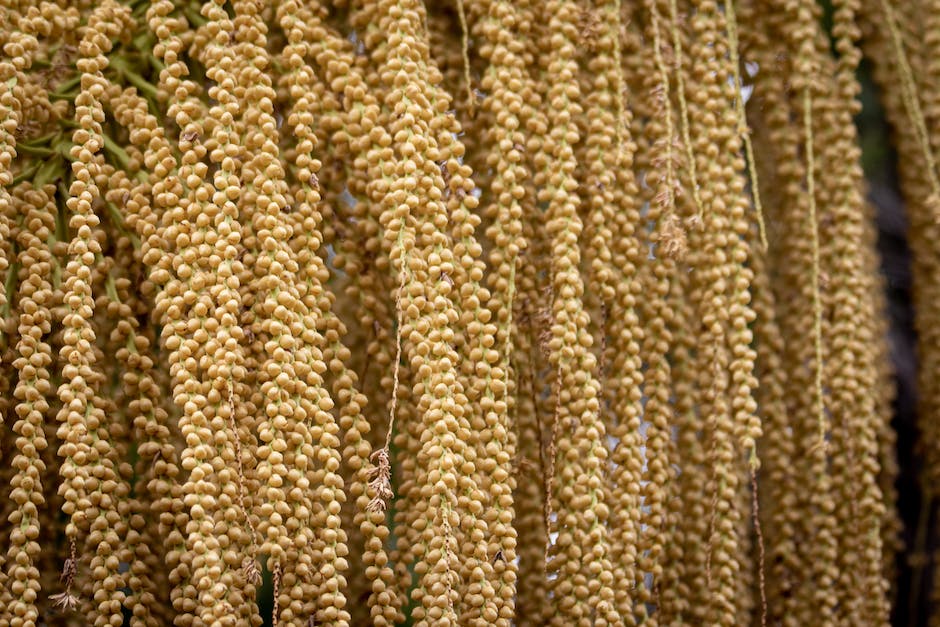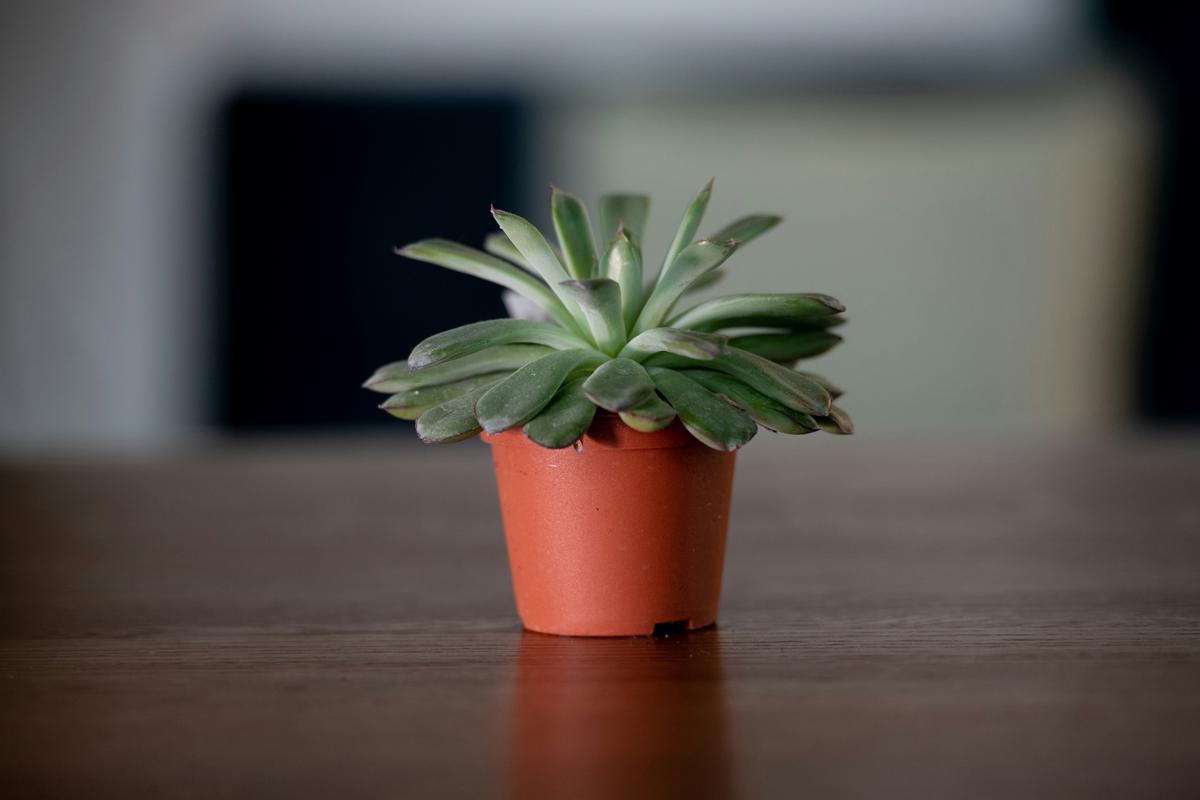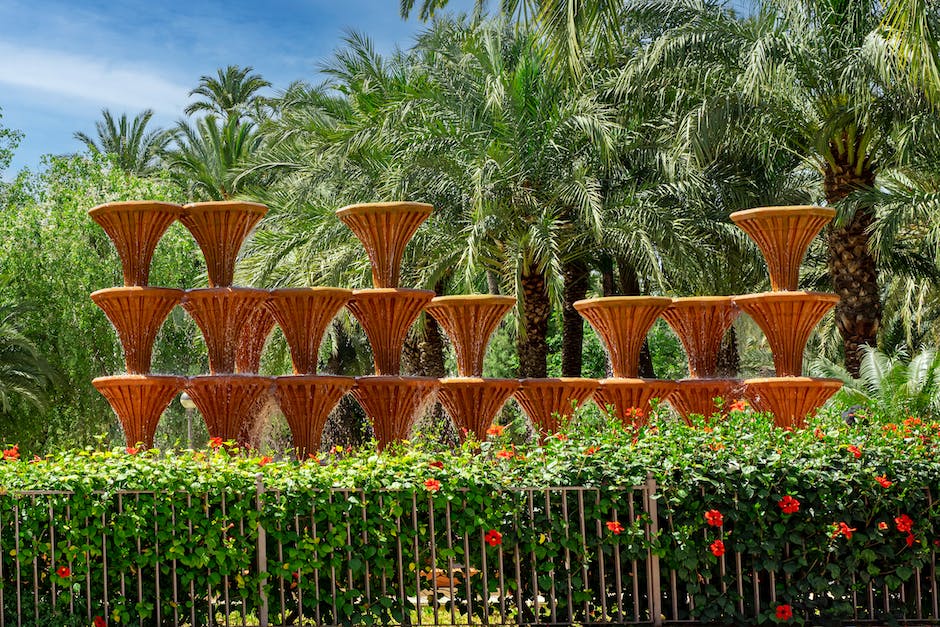Grow Your Own Palm Tree from Seed: A Guide

Amongst the soaring diversity of trees, palm trees have an undeniably tropical allure that can transform any space into a lush, green paradise. Growing your own palm tree may seem like a daunting task, but with the right guidance and persistence, it can be an immensely rewarding experience. We unravel the mystery of growing palm trees straight from their seeds, from choosing the perfect seed considering factors like species, freshness, and your local climate, preparing the seed and ideal potting mix for prosperous growth to ensuring their continued health and vitality through careful maintenance. Dive in to explore the fascinating journey of nurturing these emblematic trees from seeds to sprightly green giants.
Choosing the Right Palm Seed
Cultivating Wisdom: How to Choose the Right Palm Seed
Have you ever seen a lush, verdant palm gently swaying in the breeze and thought, “I wish I could grow one myself?” Fear not – your dream of being a magnificent palm-parent is wholly achievable! The key lies in understanding the necessary considerations when choosing the right palm seed.
Getting into the nitty-gritty of palm seed selection is an adventure all its own, filled with a variety of species, climate compatibilities, and specific care requirements. It’s indeed a joyous journey of discovery and gardening prowess!
First and foremost, let’s tackle species selection. Palms are a diverse group of plants with over 2,600 different species worldwide, each with its own unique charm. When selecting the right palm seed, it’s pivotal to choose a species that suits the climate and environmental conditions of the location it will be planted. Warm, tropical climate species won’t fare well in colder regions, and vice versa. Thoroughly researching and understanding the needs of each species can lead to dream fulfillment rather than gardening disappointment!
Next on the agenda is the growth rate and mature size. Understanding the growth rate gives an idea of when to expect that impressive foliage canopy. While some palms can add several feet of growth in a year, others grow more slowly. Additionally, analyzing potential mature sizes can prevent planting a future giant in a spot that can’t accommodate its full size. It’s always best to give our green friends the space they need to fully spread their proverbial wings!
Thirdly and arguably one of the most overlooked factors is the viability of the seed. The fresher the palm seed, the better the germination rate. It’s crucial to ensure that the chosen seeds are fresh and sourced from reputable suppliers. Avoid seeds that seem overly dry, shriveled, or discolored. Healthy seeds mean healthy palms!
Another key consideration is the specific care and maintenance required by the selected species. Some palms require more light and water than others, so the future plant-parent should be prepared for this commitment. Consider if the palm is best suited for indoor or outdoor growth, and if the suitable environment can be provided for its lifespan. All palms are loved – but some demand a little more attention than others.
Last but not least, it’s worth mentioning the tolerance level of the chosen palm species. Some palms are tough survivors capable of handling drought or salty soils, while others may require ultra-specific conditions to thrive. Research the palm species’ resilience to disease, pests, and environmental stressors like frost or wind. It’s always an advantage to have an understanding of how much the selected palm can “take a hit”.
Remember, patience is the essence of any horticultural endeavor. Growing palms from seeds is rewarding but can also be a test of patience, as some species may take several months or even years to germinate. But rest assured, with the right seed and careful consideration, the joy found in seeing the first sprouts unfurl is simply unparalleled.
So, fellow palm enthusiasts, with these insights, the path to selecting the right palm seed just got a little clearer. Embrace the journey of palm parenthood – it’s worth every second!

Preparing the Seed and Potting Mix
Now that we’ve grasped the essence of palm seeds and the nuances of their selection, it’s time to delve into the appropriate preparation techniques for optimal germination and growth. Considering these steps is crucial for successful palm tree growth, and with patience and commitment, it won’t be long before you see a sprouting seedling emerging from your potting mix!
Step 1: Seed Soaking – Kickstart Germination
The journey of a palm seed begins with water! Palm seeds have a tough outer layer which needs to be softened to facilitate germination. Hence, soak the chosen seeds in lukewarm distilled water for around 24-48 hours. This process, while loosening up the hard seed coat, also aids in driving away any lingering pathogens.
Step 2: Sterilize the Potting Mix
Before we set our feet on the actual planting, it’s imperative to sterilize the soil or the potting mix. This process is paramount to eliminate destructive pathogens or pests that mar the progress of our seedlings. Baking the mix at about 200 degrees Fahrenheit (93 degrees Celsius) for half an hour should do the trick! Be sure to let it cool down before moving onto the next step.
Step 3: Choose the Right Container
Choosing the right container size is a balancing act. If it’s too large, you will have to deal with overwatering and possible root rot. If it’s too small, your palm may outgrow its pot before it’s ready to be transplanted. As a rule of thumb, the container should be about twice the size of the seed. Ensure it has sufficient drainage as palms do not appreciate “wet feet”.
Step 4: Filling and Planting
Now that your potting mix is cooled and your container is chosen, it’s time to get your hands dirty. Fill up the container but leave about an inch or so from the top. Place the seed on top of the soil. Palm seeds should be sown to a depth equal to their width. Lightly cover it but avoid compressing the mix or burying the seed too deeply.
Step 5: Provide Optimal Conditions
Palm seeds thrive in humid, warm environments. Therefore, it’s recommended to maintain a temperature around 70-85 degrees Fahrenheit (20-30 degrees Celsius) and high humidity for your potted seed. If you live in a cooler climate, use a heat mat to maintain the temperature. A plastic wrap over the pot would aid in holding the humidity.
Step 6: Keep the Mix Moist
The potting mix should be kept consistently moist but not waterlogged. Overwatering can lead to fungal diseases. Adapt a watering schedule and stick to it consistently.
Growing palms from seeds can be a germination joyride, but it can also test your patience. Follow these steps meticulously, stick to your watering and care regime, and soon, your palm seed will emerge victorious as a glorious seedling. The joy of seeing your nurtured seed sprouting into a lush green palm is incomparable—it’s your little tropical paradise!

Photo by kimtunger on Unsplash
Care and Maintenance of the Palm Tree
Now that you’ve successfully planted your palm seeds and are ready to embark on the next phase, there’s a whole range of care instructions that come into play. One of the essential aspects of growing and maintaining healthy palms is effective watering.
Unlike other plants, palms are sensitive to over-watering and under-watering, making it essential to strike the perfect balance.
Watering should be done deeply and thoroughly, ensuring the entire root zone is soaked. This approach ensures the palm tree’s lower roots absorb enough water, contributing to its overall growth and health. The upper soil surface should be allowed to dry slightly before the next watering to avoid creating a waterlogged environment that hampers root health.
Proper fertilization is another vital area that can’t be overlooked in palm tree care.
Palms have unique nutritional requirements, which are not fully satisfied by the general purpose plant fertilizers.
A well-balanced palm-specific fertilizer, with essential nutrients like magnesium, iron, and trace elements, should be applied strictly according to the manufacturer’s guidelines.
Over-fertilizing can lead to ‘fertilizer burn’, so avoid the “more is better” mentality.
No gardener likes to see their plants plagued by pests, and with palms, it’s no different.
The most common threats include scales, spider mites, and palm aphids.
Regular inspection of your palms is a wise habit, as early detection can prevent an infestation from spiraling out of control.
Various organic and chemical pest control measures are available, but always ensure they are safe for the specific palm species.
Quality pruning is an essential but often misunderstood process in palm care. Removing too many fronds can harm the palm, as it depends on the fronds for food production.
As such, it’s prudent to prune only when the fronds are discolored, broken, or pointing towards the ground.
When it comes to palms, the golden rule is: less pruning is always better.
Lastly, a palm’s environment should not be underestimated.
Consider the surrounding landscape.
Are there structures that could interfere with the palm’s growth?
Or perhaps other plants that could block sunlight or compete for nutrients?
Adequate space, access to sunlight, and a competition-free environment are essential for your palm’s sustainable growth and longevity.
In palm care, just like any other horticultural endeavor, knowledge is power.
Armed with these instructions, the growing process can be a rewarding journey of discovery and success!

Just as journeys have endings, beginnings translate into gleaming possibilities, and the journey from palm seed to palm tree is no different. Once you’ve chosen the right seed, prepared it and the potting mix correctly, and have all the care and maintenance facts at your fingertips, you can look forward to nurturing your very own palm tree with confidence and proficiency. Remember, caring for your palm tree isn’t merely about watering or sunlight; it involves listening to what your tree tells you, understanding its needs, and responding promptly. As you grow with your palm, remember that while the task may seem monumental, the fruits of your labor will always stand taller. May your palms grow strong, your shadows grow long, and your green thumbs, forever hopeful.



